Easy Coffee Cake with Cappuccino Frosting (Gluten Free)
5.0
(2)
Your folders
Your folders
Prep Time: 60 minutes
Cook Time: 38 minutes
Total: 98 minutes
Servings: 8
Author : Kat | The Loopy Whisk

Ingredients
Export 12 ingredients for grocery delivery
Instructions
Step 1
Adjust the oven rack to the middle position, pre-heat the oven to 350ºF (180ºC) and line an 8 inch (20cm) round cake tin with baking/greaseproof paper.
Step 2
In a small saucepan (if cooking it on the stove) or in a microwave-safe bowl (if using the microwave) heat together the milk and instant coffee, with occasional stirring, until the coffee is completely dissolved. Set aside to cool until warm or at room temperature.
Step 3
In a large bowl, using a large balloon whisk, cream together the butter, light brown soft sugar, caster/superfine (or granulated) sugar and vanilla until pale and fluffy. You can also use a stand mixer fitted with the paddle attachment or a hand mixer fitted with the double beaters.
Step 4
Add the eggs, one at a time, whisking well after each addition, until well combined.Tip: It's very important that your eggs are at room temperature and that you add them one at a time. This way, you'll maintain the emulsion of the butter and guarantee a silky smooth, fluffy cake batter – which will ultimately result in a melt-in-the-mouth cake crumb. If you forgot to take your eggs out of the fridge, place them in warm water for 10-15 minutes before using them.
Step 5
In a separate bowl, sift together the gluten free flour blend, ground walnuts, baking powder, xanthan gum and salt.
Step 6
Beginning and ending with the dry ingredients, alternately add the dry ingredients (in three batches) and coffee milk (in two batches) to the butter-sugar mixture, whisking well after each addition, until you get a smooth, fluffy cake batter with no flour clumps.Tip: This alternating way of adding dry and wet ingredients helps maintain the emulsion of the butter in the cake batter, ensuring that your batter remains smooth and that the final baked cake has the perfect crumb. When alternating dry and wet ingredients, make sure to always end with the dry.Your batter might look a bit "curdled" or "split" after the addition of the coffee milk (that's mostly due to the presence of the coffee), but don’t worry, the finished batter should be wonderfully silky smooth after you’ve added the last portion of the dry ingredients.
Step 7
Transfer the cake batter into the lined cake tin and smooth out the top.
Step 8
Bake at 350ºF (180ºC) for about 38-40 minutes or until well risen, deep golden brown and an inserted toothpick comes out clean. If the top of the cake starts browning too quickly, cover with aluminium foil (shiny side up) and continue baking until done.
Step 9
Allow to cool in the cake tin for about 10 minutes, then remove from the tin onto a wire cooling rack to cool completely.
Step 10
In a small saucepan (if cooking it on the stove) or in a microwave-safe bowl (if using the microwave) heat together 70g (about ⅓ cup) of the double/heavy cream, cappuccino powder and instant coffee, with occasional stirring, until the coffee and cappuccino powder are completely dissolved. Set aside to cool completely.
Step 11
In a large bowl, using a large balloon whisk, whisk together the remaining double/heavy cream and powdered/icing sugar until soft peaks form. You can also use a stand mixer fitted with the whisk attachment or a hand mixer fitted with the double beaters.
Step 12
Add the coffee-cream mixture to the whipped cream, about one tablespoon at a time, whisking well after each addition, until well combined. The final frosting should be fluffy, smooth and hold a soft peak (if necessary, you can whisk it for a further 30 seconds or so, to thicken it a bit more).
Step 13
Spoon the cappuccino frosting on top of the cooled cake and, using a small offset spatula or the back of the spoon, spread it out into an approximately even layer, creating decorative swirls.
Step 14
Sprinkle with chocolate shavings, slice and serve.
Step 15
The coffee cake keeps well in a closed container in a cool dry place or in the fridge for 3-4 days.
Top similar recipes
Curated for youYour folders

 332 views
332 viewsGluten-Free Coffee Cake
the-bottomless-pit.com
45 minutes
Your folders

 362 views
362 viewsGluten Free Coffee Crumb Cake
theloopywhisk.com
5.0
(1)
45 minutes
Your folders
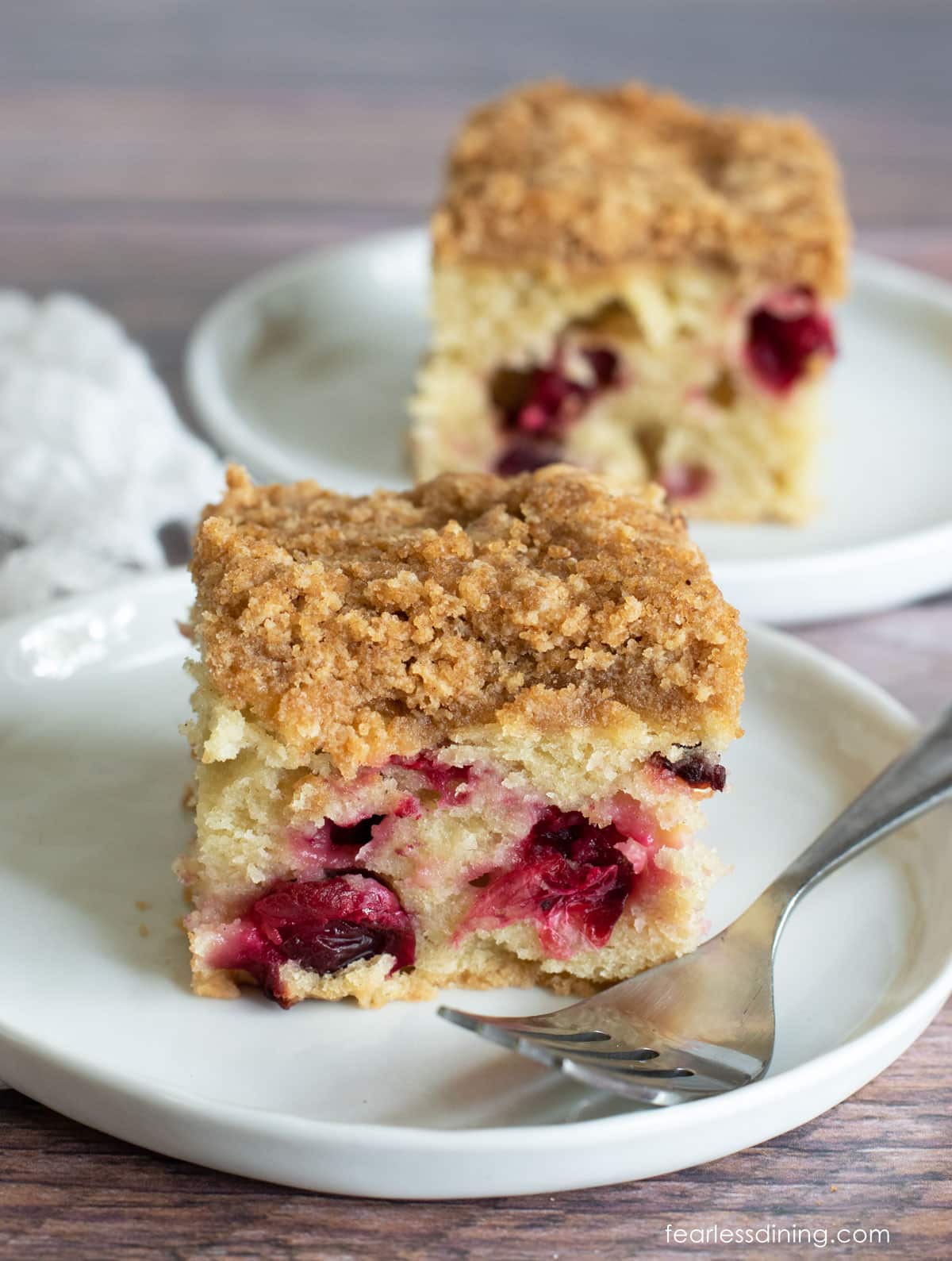
 199 views
199 viewsGluten Free Cranberry Coffee Cake
fearlessdining.com
5.0
(3)
30 minutes
Your folders
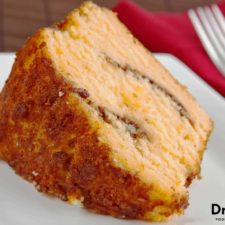
 135 views
135 viewsGluten-Free Cinnamon Coffee Cake
draxe.com
50 minutes
Your folders
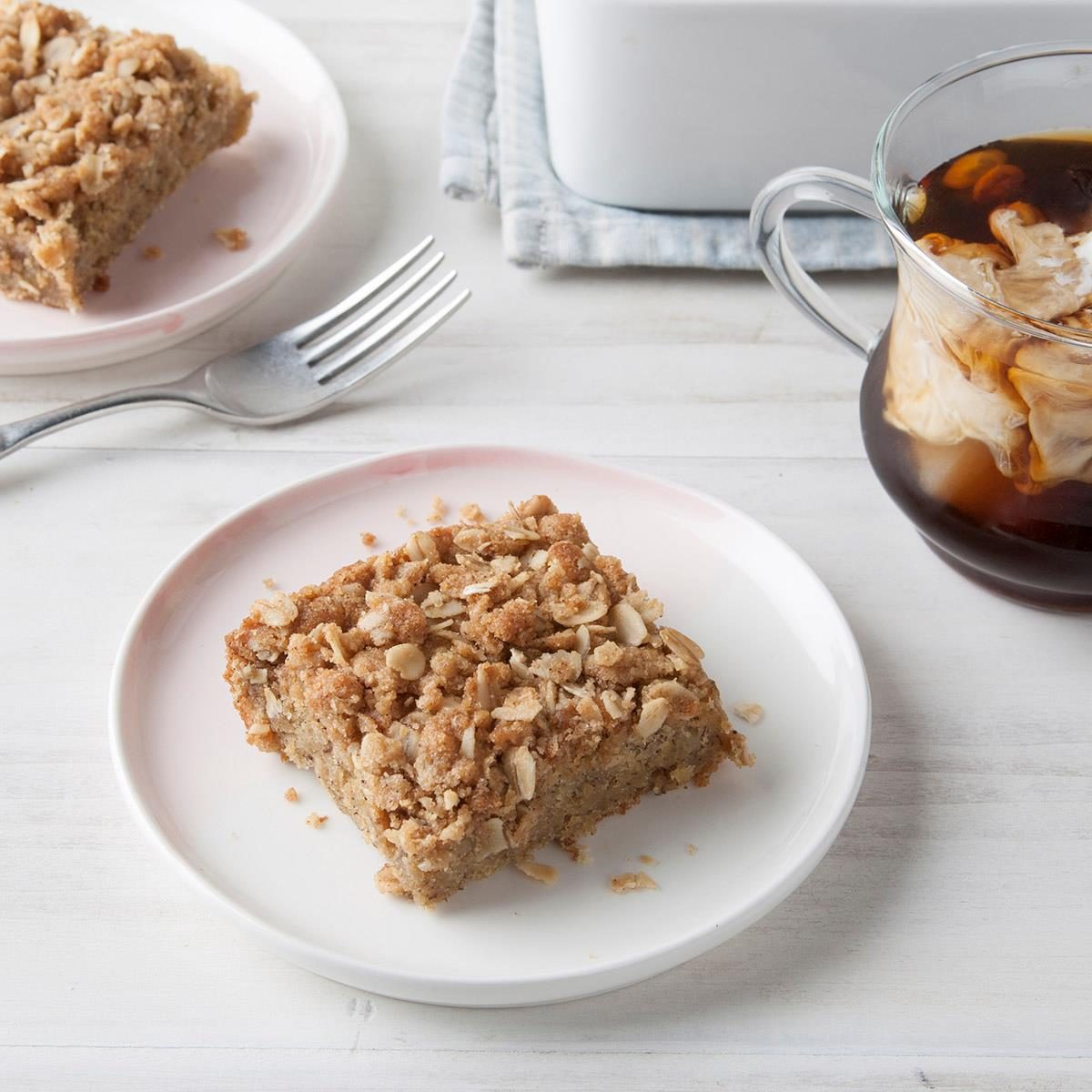
 188 views
188 viewsGluten-Free Banana Coffee Cake
tasteofhome.com
5.0
(2)
25 minutes
Your folders
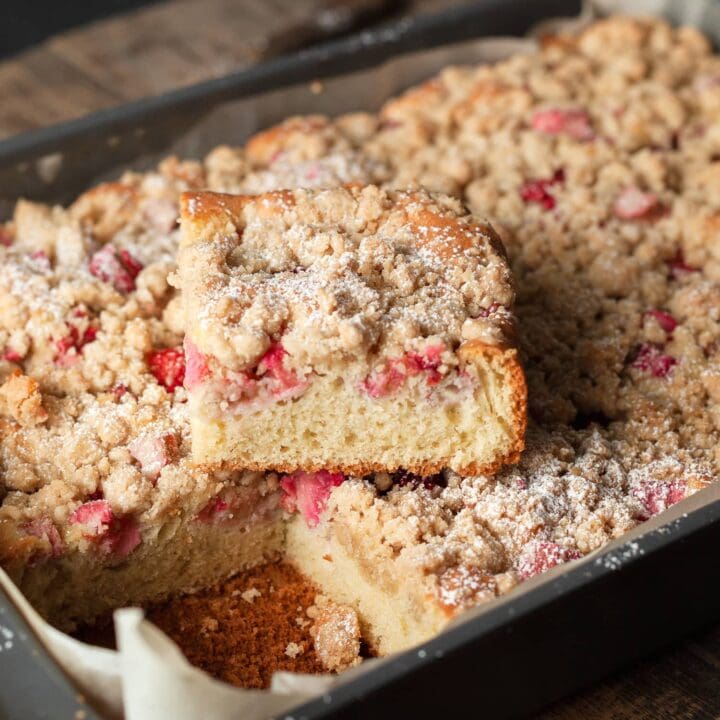
 97 views
97 viewsGluten Free Rhubarb Coffee Cake
theglutenfreeaustrian.com
5.0
(9)
35 minutes
Your folders
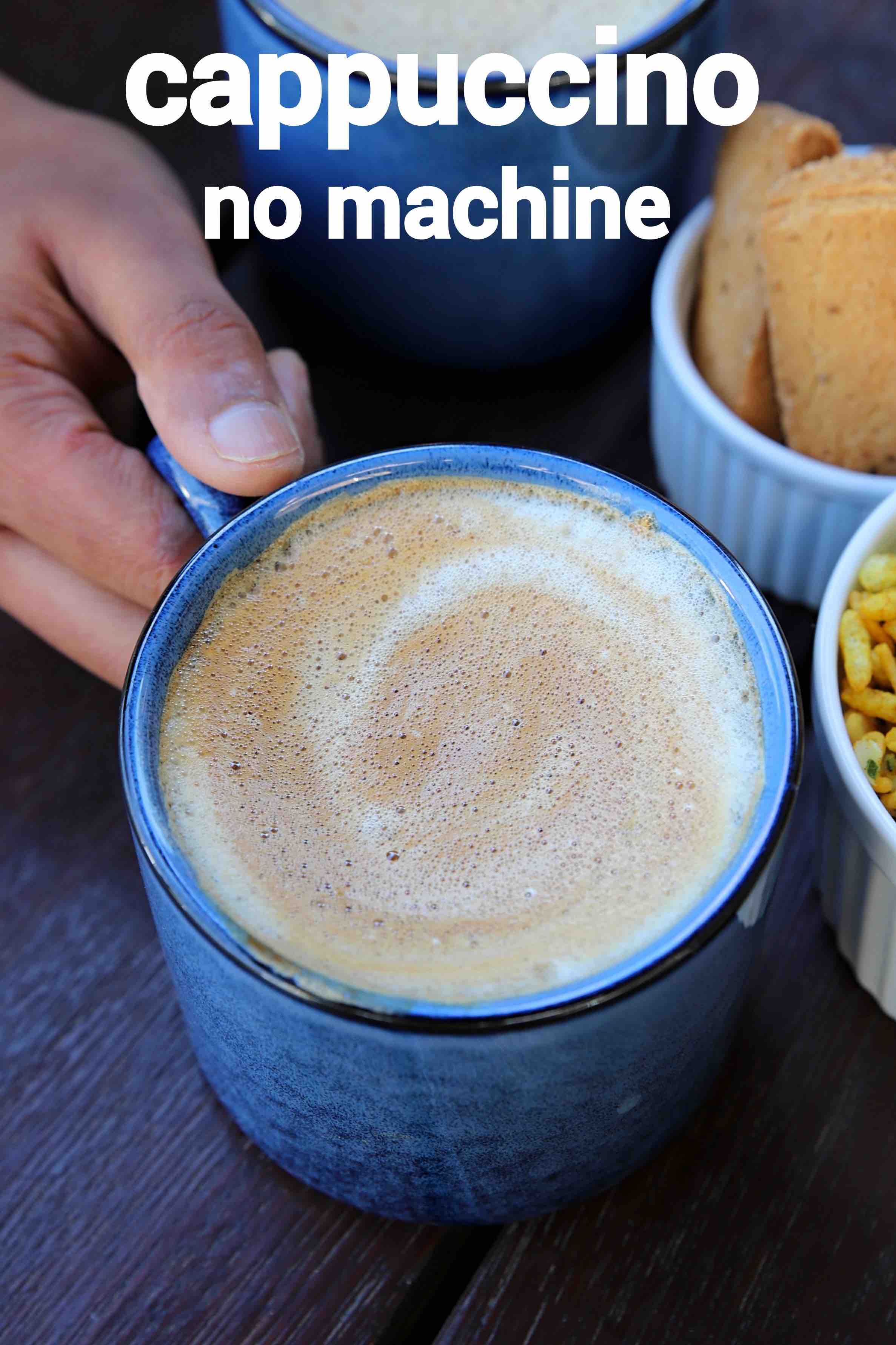
 321 views
321 viewscappuccino recipe | homemade cappuc...
hebbarskitchen.com
5.0
(226)
2 minutes
Your folders

 409 views
409 viewsGluten-Free Blueberry Coffee Cake (...
mamashire.com
5.0
(3)
1 hours
Your folders
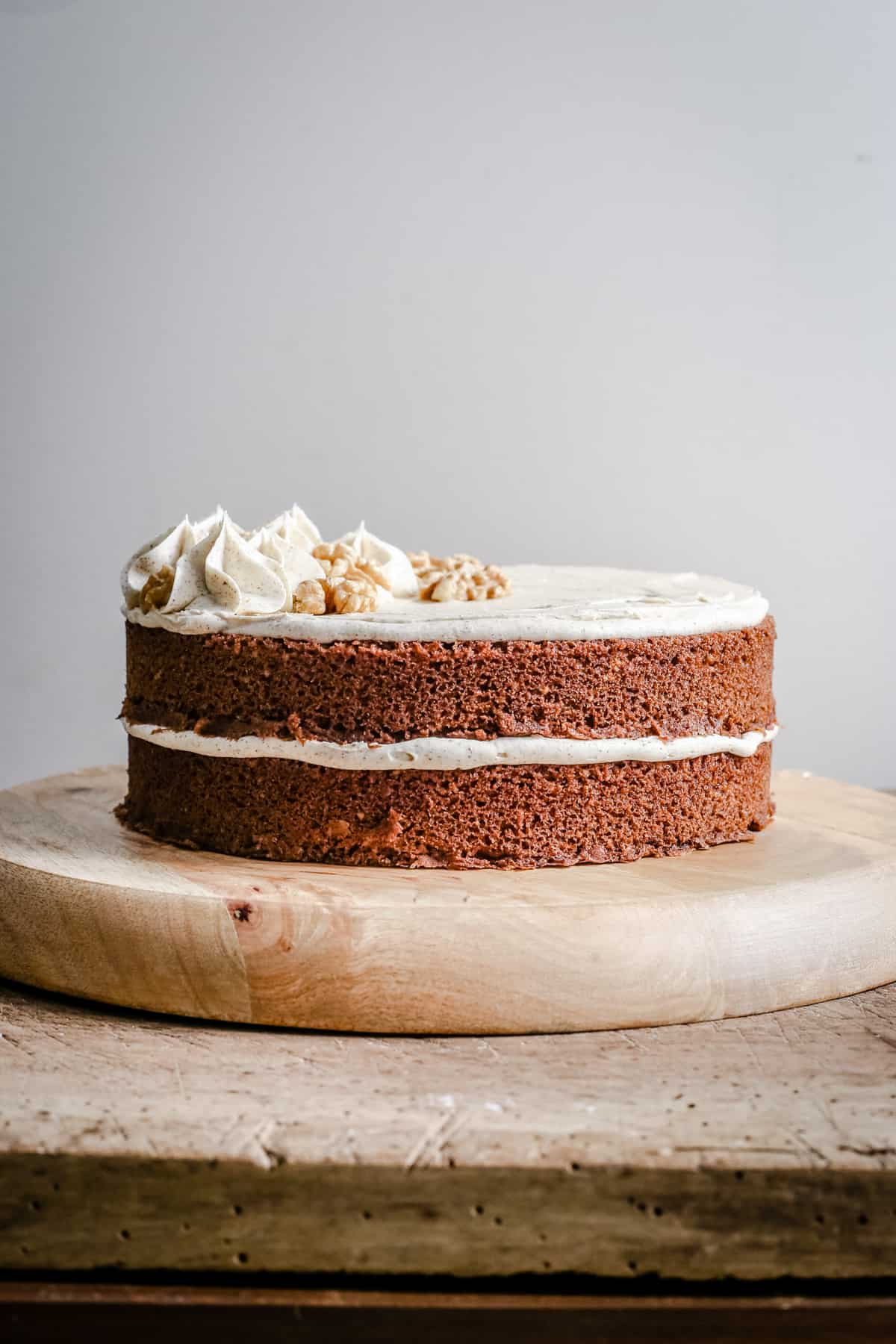
 407 views
407 viewsGluten-Free Coffee and Walnut Cake
fromthelarder.co.uk
5.0
(1)
20 minutes
Your folders

 535 views
535 viewsSpiced Apple Coffee Cake {gluten fr...
cottercrunch.com
5.0
(9)
30 minutes
Your folders
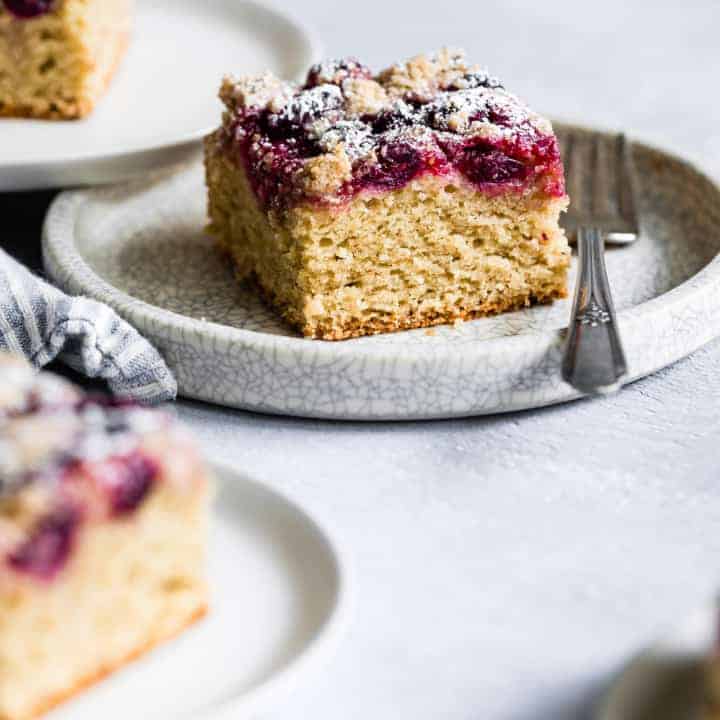
 214 views
214 viewsCardamom Cranberry Gluten-Free Coff...
snixykitchen.com
5.0
(2)
55 minutes
Your folders

 262 views
262 viewsPumpkin Coffee Cake - Gluten-Free, ...
justwhatweeat.com
45 minutes
Your folders

 275 views
275 viewsGluten-Free Cinnamon Roll Coffee Ca...
therealfooddietitians.com
4.9
(29)
35 minutes
Your folders
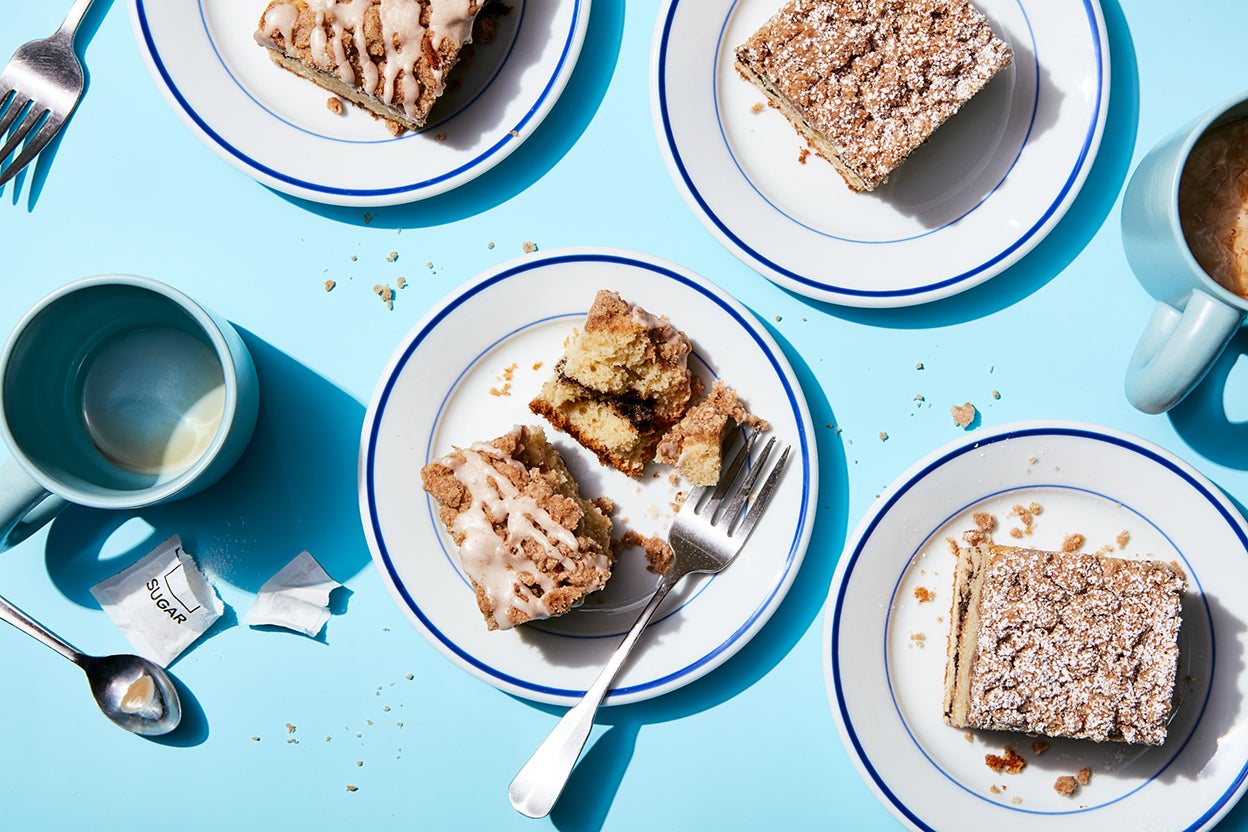
 142 views
142 viewsGluten-Free Cinnamon-Crisp Coffee C...
kingarthurbaking.com
5.0
(14)
50 minutes
Your folders
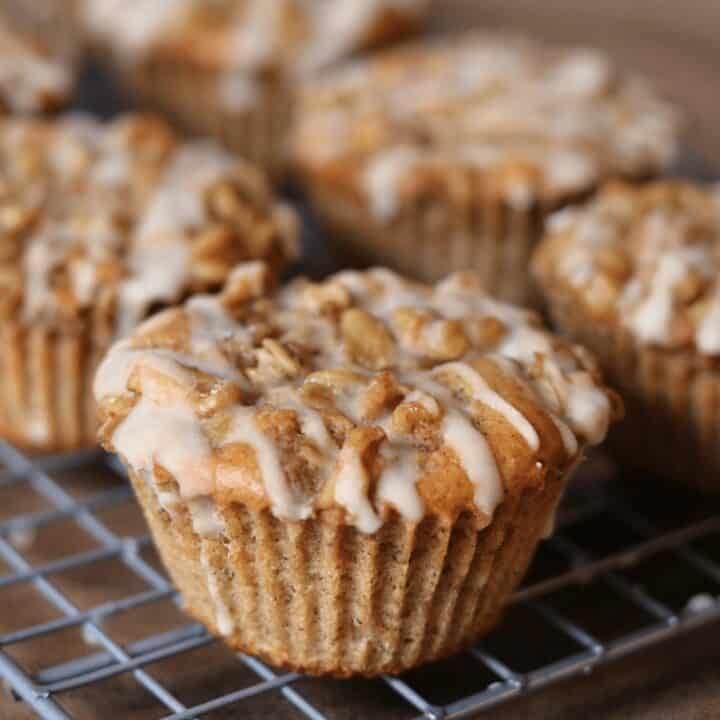
 124 views
124 viewsGluten Free Coffee Cake Protein Muf...
masonfit.com
4.5
(76)
30 minutes
Your folders

 286 views
286 viewsGingerbread Sheet Cake with Cinnamo...
theloopywhisk.com
5.0
(2)
38 minutes
Your folders

 556 views
556 viewsCarrot Cake Muffins with Cashew Fro...
thedorkyfrench.com
25 minutes
Your folders
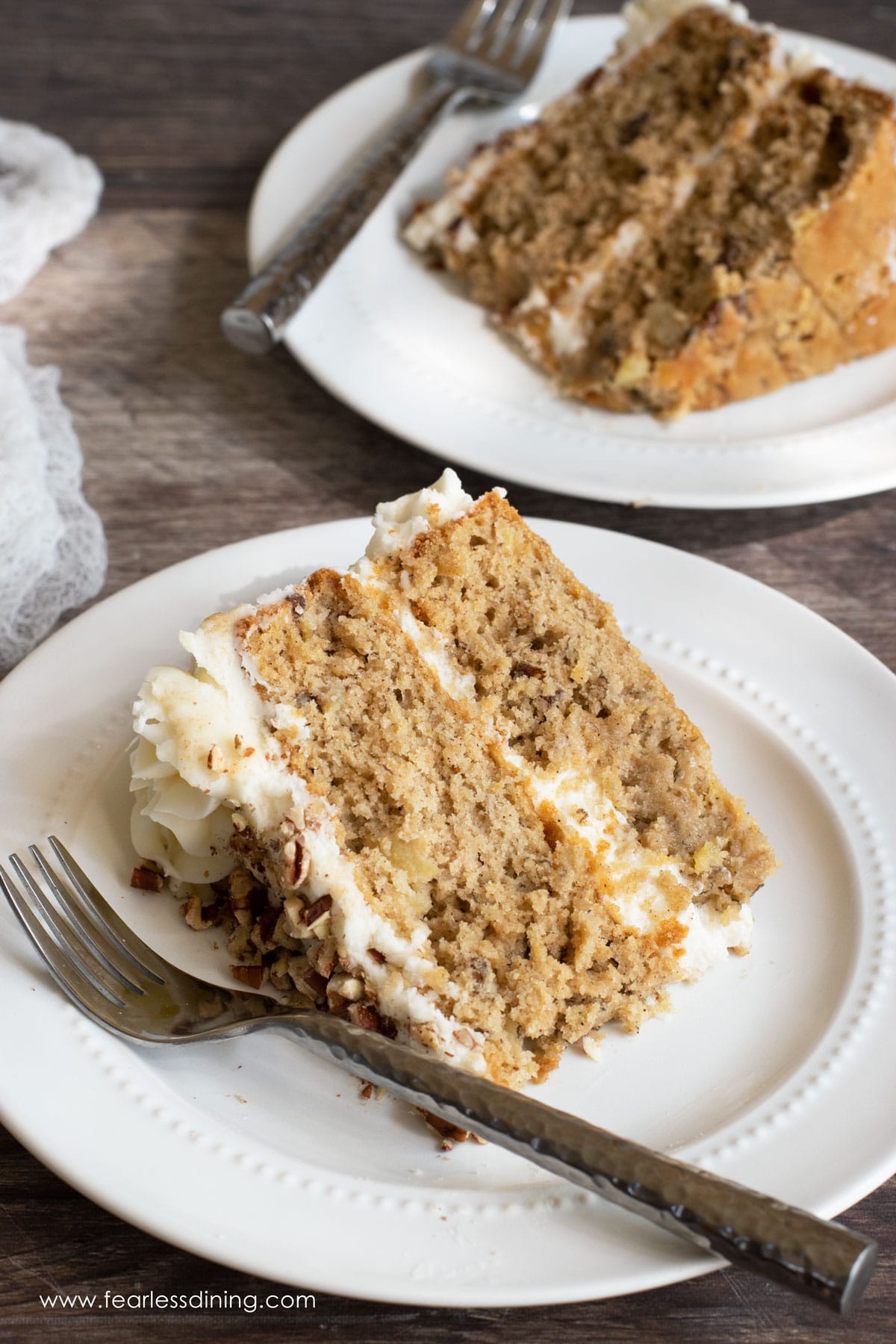
 139 views
139 viewsGluten Free Hummingbird Cake With C...
fearlessdining.com
5.0
(21)
25 minutes
Your folders
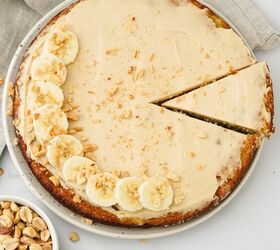
 231 views
231 viewsGluten Free Banana Cake With Cream ...
foodtalkdaily.com
35 minutes